These are the biggest container gardening mistakes you need to avoid – according to garden experts
From using an unsuitable planter to choosing the wrong flowers, this is what you need to watch out for
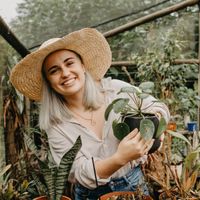
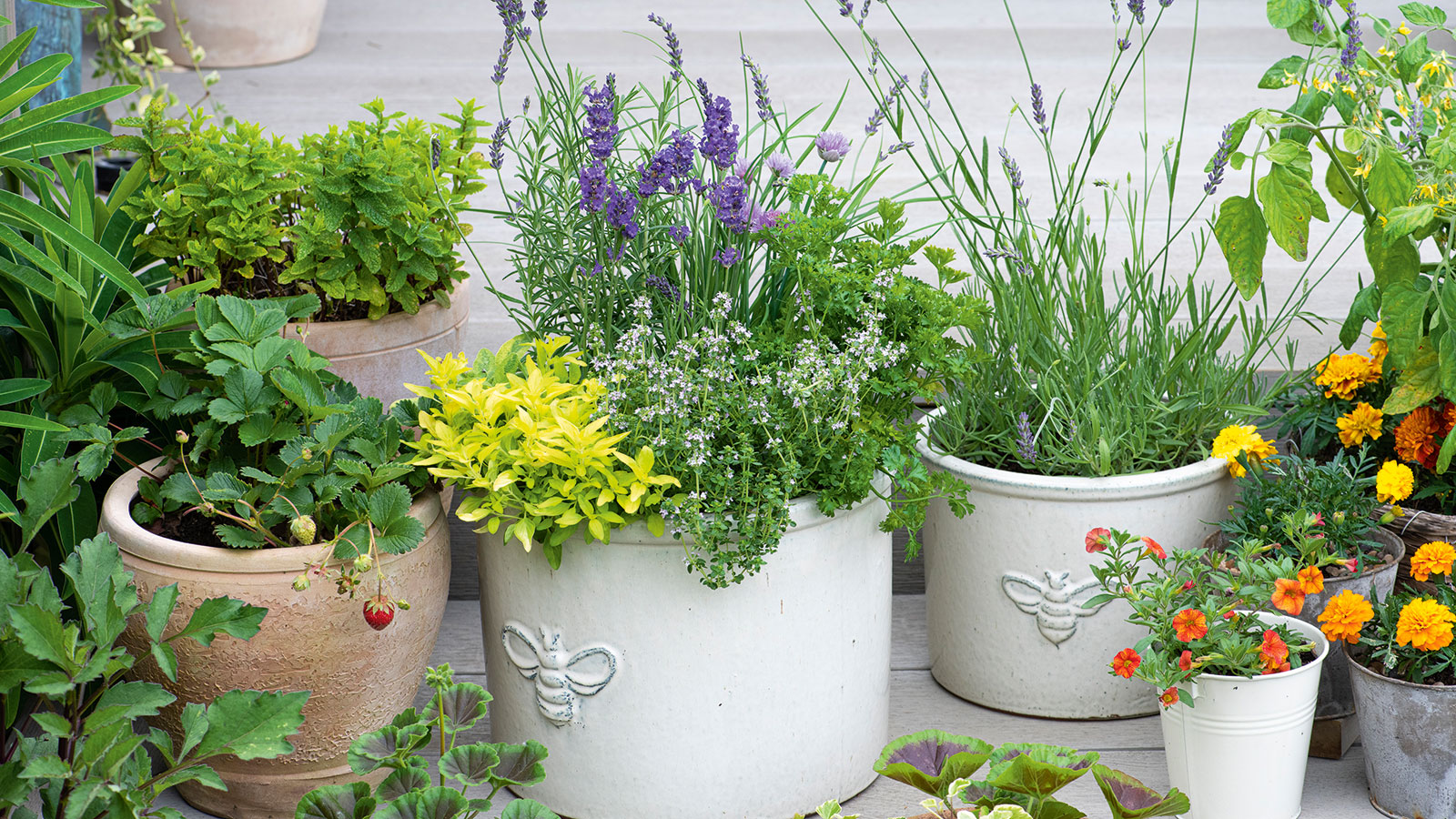
As cities expand and gardens shrink, container gardening has become more popular than ever. The ideal solution for those in urban areas or those with no backyard space at all, it's incredibly rewarding and comes with a host of benefits, from space saving to controlled plant care.
Unfortunately, container gardening also comes with a few quirks that need to be considered if you want to be successful. Ask almost any container gardener (including myself) and they will likely admit a few plants have suffered an untimely demise from common errors.
If you’re starting your container gardening journey, or can’t seem to keep your container plants alive, look out for these common mistakes to avoid.
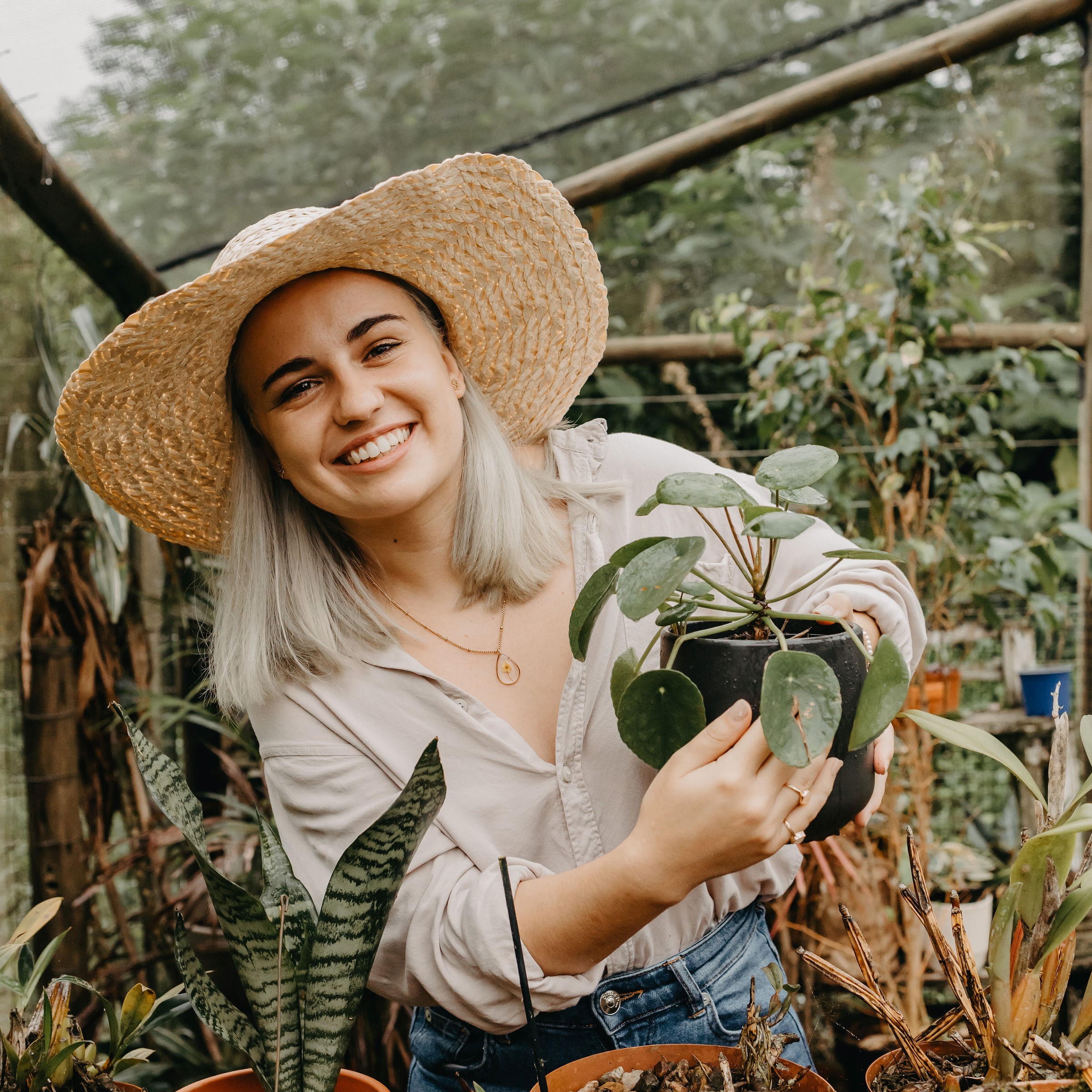
Madison has turned her years-long passion for plants into a career writing for both digital and print publications. She covers everything from trends to general plant care advice, all while caring for her own ever-growing plant collection. She is a huge fan of container gardening, and over the years has learned the key mistakes to avoid if you want to be guaranteed an impressive container display.
9 common container gardening mistakes
If you want your favorite plants for pots to grow strong, be healthy, and produce beautiful blooms, there are a few mistakes you need to watch out for. Avoid these and you'll be on your way to creating a stunning planter box display.
1. Forgetting about drainage
Before you rush to the exciting parts like choosing your favorite plants or picking out a matching outdoor planter, there is one essential factor you cannot ignore – drainage.
Most plants, especially those commonly grown in pots, don’t like soggy soil. They need water to drain away from the soil and out the bottom of the pot to stop excess moisture from accumulating around the roots.
When moisture builds up in containers due to lack of drainage, the limited airflow essentially suffocates the roots. This also leads to fungal growth that can cause root rot, a deadly condition that is tough to fix once it sets in.
Design expertise in your inbox – from inspiring decorating ideas and beautiful celebrity homes to practical gardening advice and shopping round-ups.
Unfortunately, a layer of gravel at the base of a pot or even careful watering cannot fully replace drainage holes. Whether you’re buying a new container or recycling an old one, always make sure there is at least one drainage hole at the bottom.
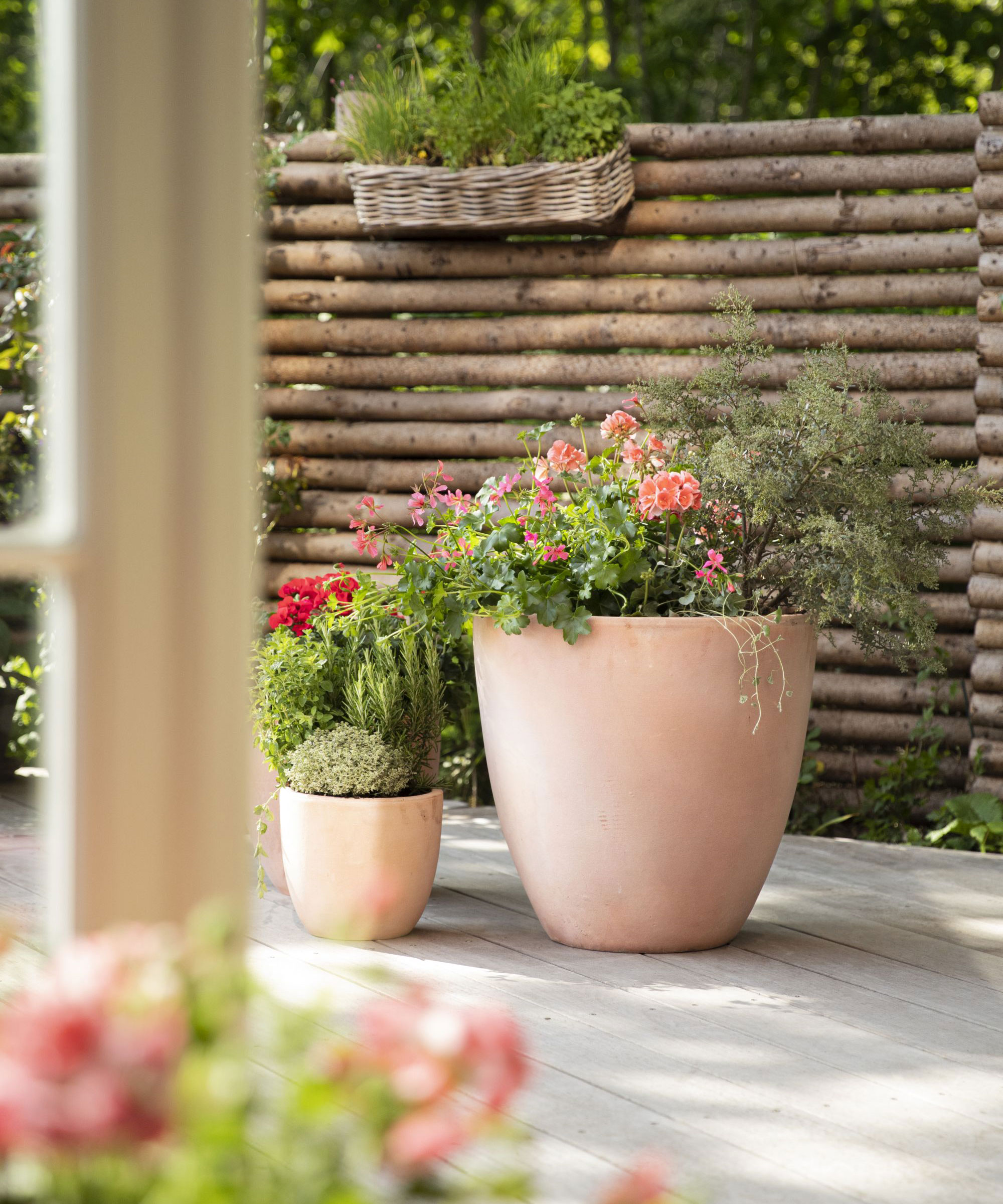
Make sure your containers have drainage holes in the bottom
2. Using the wrong soil
Soil is the foundation of healthy plant growth. One of the great benefits of growing plants in containers is that you can have complete control over this vital component of plant health. But, that also means there is plenty of room for error.
When exploring, what is the best soil for container gardening, the soil mix you choose should be tailored to the plants you want to grow. Moisture-loving tropical plants will need a mix amended with compost and peat moss or coconut coir to combat quick-drying soil in containers. All types of succulents, on the other hand, prefer gritty soil with added sand or gravel to increase drainage.
According to experts at Iowa State University, garden soil should be avoided when growing in containers. 'Plants grown in containers require a well-drained growing medium. Garden soil alone is not a good growing medium. Garden soil compacts when placed in a container, resulting in poor water drainage and aeration.' It can also carry weed seeds, pests and diseases to your containers from your backyard into your pots. Instead, purchase the perfect potting mix for your chosen plants or buy the ingredients to make your own.
If you've previously used garden soil in your containers, make sure you clean flower pots thoroughly before adding new plants to them to avoid the risk of passing on any diseases.
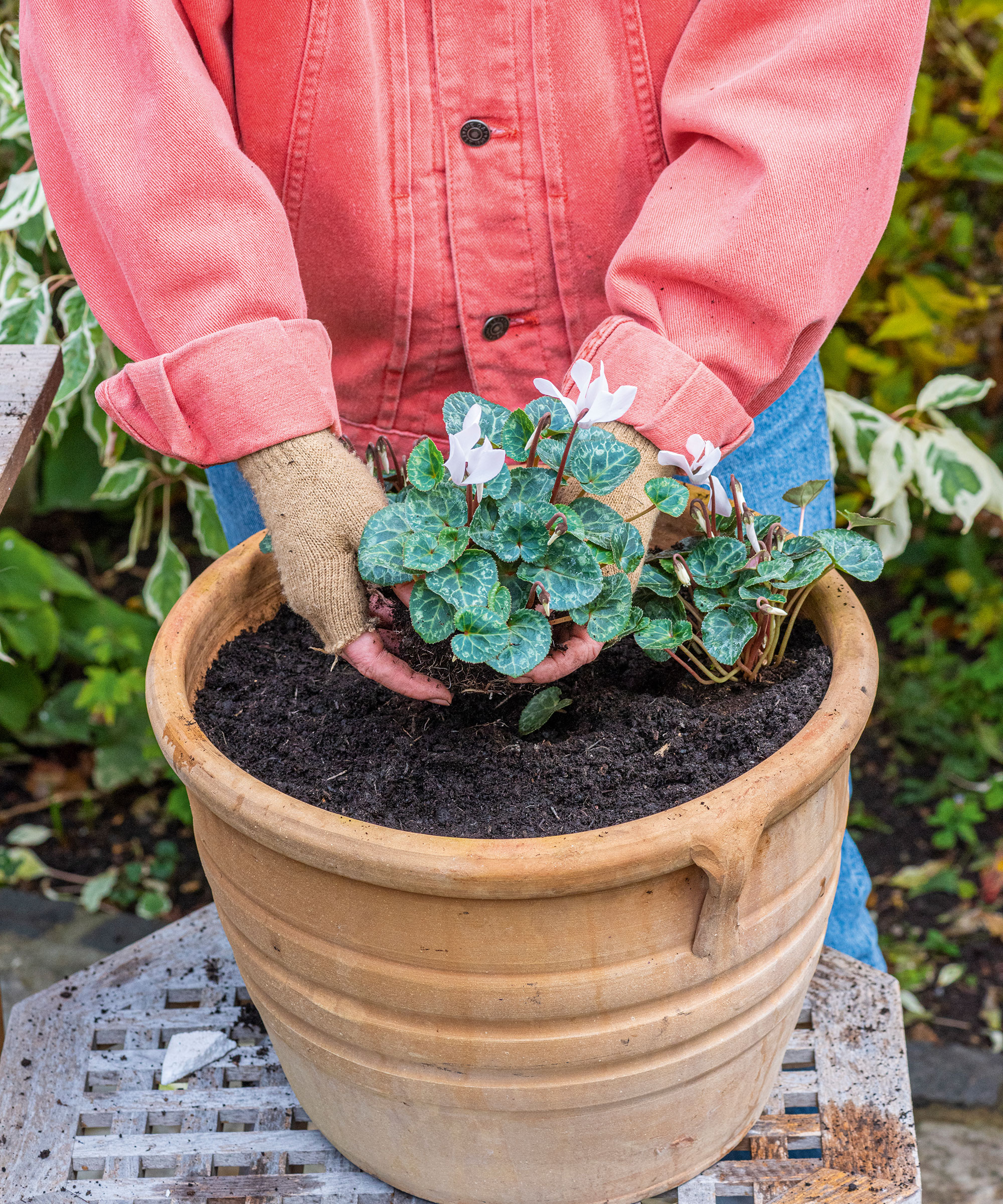
Don't use normal garden soil in your container, opt for well-draining compost or a potting mix instead
3. Not having a clear design
This is one of the most common container gardening mistakes that people make. Whether you're designing a summer container or winter container, it can be tempting to grab whatever looks good at the nursery and rush home to plant them up. But, as with anything in life, proper planning is beneficial. Taking a minute to plan out your container can lead to something show-stopping rather than sub-par.
There are a few old-school container design rules that can help you in the process. The phrase ‘thriller, filler, spiller’ is one common example, describing a way to fill containers that involves a spectacular feature plant, a few smaller fillers, and some trailing plants to spill out the sides of the pot.
General landscape design rules around color, texture and shape also apply to your containers and how you group them. Think of them as smaller versions of a wider garden. For more inspiration, explore our round-up of container garden trends.
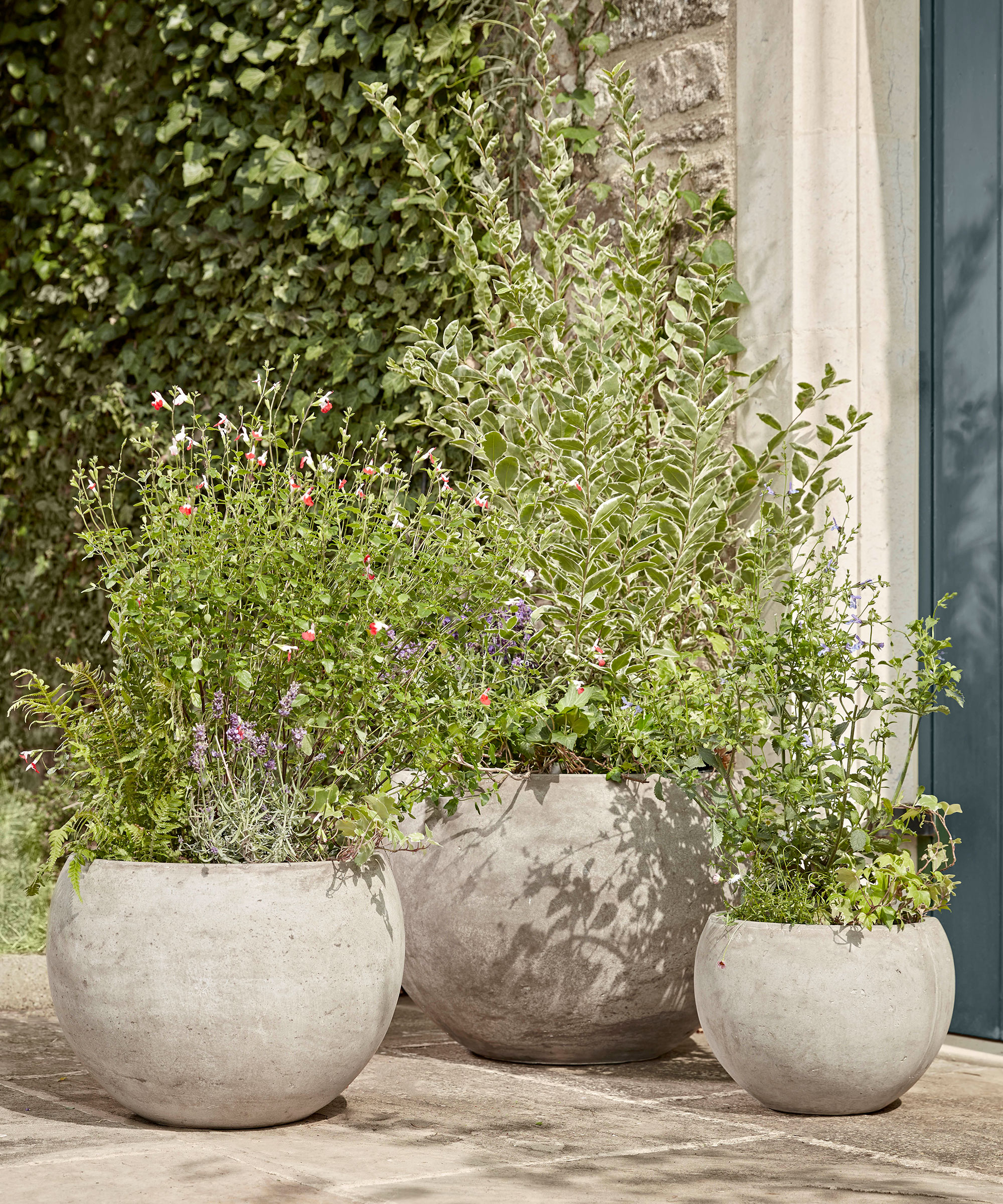
For an effective planting scheme like this, you need to plan your selection of plants carefully
4. Combining plants with different requirements
When combining more than one plant species in a container, make sure they play nice. You don’t want to go to the effort of planting, only to find one plant survives at the expense of another.
Steve Bender, editor of Southern Living Magazine, says 'When people go to a garden center to pick out what to put together in their container, they’re mainly thinking about whether the colors of the flowers go together, does the foliage go together. What they need to really think about even more is, do all the plants that I’m going to put in this container like the same growing conditions?'
Sunlight is the first concern. Sun-loving plants should never go in the same pot as shade-loving plants. Watering is also something to think about – thirsty annual flowers and water-wise succulents certainly won’t be happy when planted together.
There are also certain plants that don’t mix well with others, no matter what they are planted with. If you're planning your herb planter ideas, mint is a prime example you need to be aware of. It will take over any container it is planted in and quickly smothering other plants. For these special cases, you can plant the troublesome specimen in a separate plastic pot, buried in the bigger container to stop the roots from spreading laterally and taking over.
5. Choosing the wrong size pot
Both the depth and width of your containers play a huge role in how your plants will perform and how time-consuming their care will be.
Many gardeners make the mistake of choosing a pot that is too small or too large for their chosen plants. Urban gardener Bethany (@chigagogardener) says, 'I thought I could put any plant in any size container and it would grow just fine. But when I put an indeterminate tomato into a pot 6-8 inches in diameter, it barely grew and it kept tipping over.'
A small container will restrict growth and impact health, while a container that is too large can slow growth and make plants look diminished. Consider the mature size of what you’re planting to pick the perfect pot.
Pot size also plays a role in design, so keep this in mind when drawing up your list of patio planting ideas. As a general rule, your plants should never be more than double the size of your container to maintain a visually appealing balance. This also stops larger plants from toppling over when planted in lighter containers.
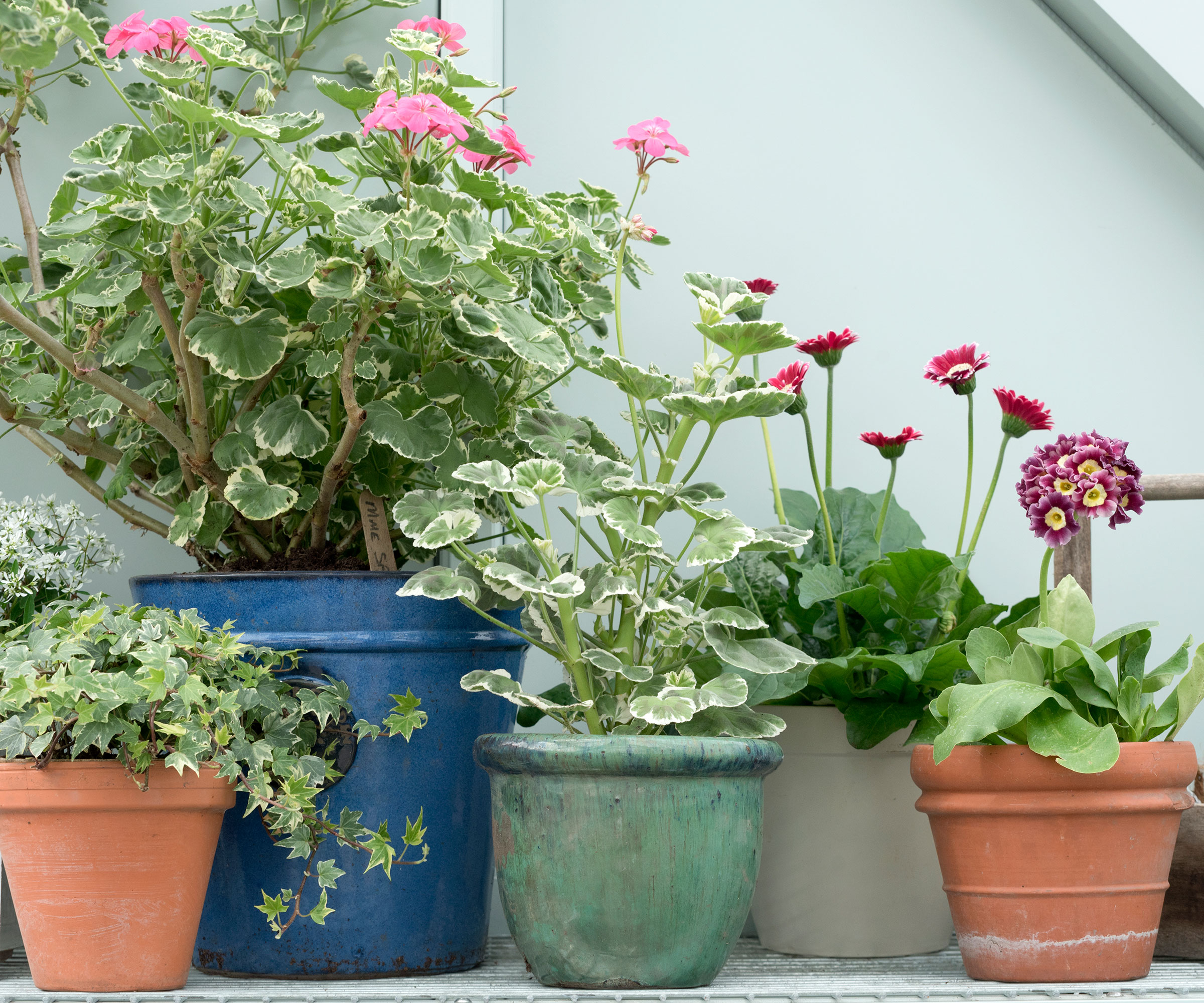
Ensure your plant pot is big enough for the eventual size of your plant
6. Packing plants too close together
During planting time, it’s tempting to pack plants close together so the container looks full and lush from the get-go. Unfortunately, when planting this way, your pot won’t look lush for long.
Roots need space to continuously grow and expand. If you start your container garden already overcrowded, the roots will begin to wrap around each other and compete for space. Overcrowded roots will struggle to absorb moisture and nutrients from the soil, leaving your plants looking sickly and making them vulnerable to pest and disease attack.
Kevin Espiritu from Epic Gardening has first-hand experience with this problem. 'While small space gardening is where I came from and I love cramming plants in small spaces, you still have to respect there is a certain limit upon which you can cram things in.'
Always give your plants room to grow in the container for that full and overflowing look. Again, consider their full size at maturity for the correct spacing. You can plant them slightly closer together than you would when planting a flower bed, but make sure they still have enough room to breathe.
7. Underwatering plants in containers
If you’re new to container gardening, you may be surprised to find how often you need to water. Containers dry out far quicker than flower beds due to the limited space and minimal amount of soil to hold onto moisture.
For containers in the sun at the height of summer, you will likely need to water once a day – potentially more often in hot weather. If you don’t have the time for daily watering, choose slightly larger containers to hold more moisture or pick shade-loving plants that will dry out slower.
It is also possible to overwater plants in containers, especially when growing plants like succulents that prefer soil on the drier side. Test the soil frequently with your finger and pick the perfect time for watering plants based on the needs of your plants.
While they can be costly, irrigation systems can help eliminate some of these watering concerns. An irrigation system made for container gardens, such as the Raindrip R560DP automatic drip irrigation watering kit from Amazon, will keep your plants happy year-round, and is the ideal way to water plants while you're on vacation.
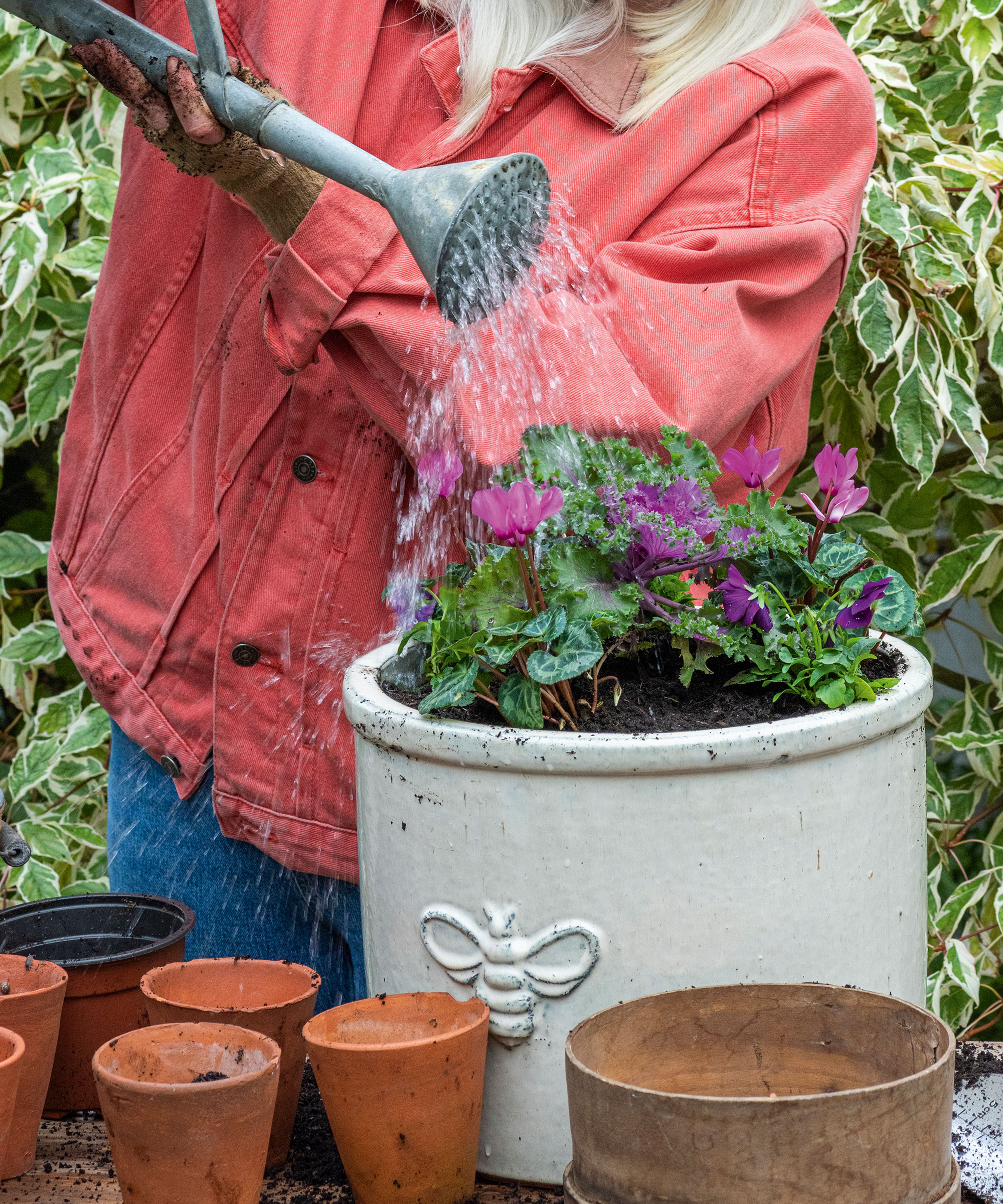
Plants grown in containers typically require more watering than those in the ground
8. Planting before placement
This issue only really applies to larger containers, but remains a common mistake I have unfortunately made many times when moving trees growing in pots.
Large containers can be incredibly heavy – particularly those made from terracotta, ceramic or stone. Once soil is added to the equation, the container becomes even heavier. When watered, it will be almost impossible to move without a crew of helpers. In my case, I was lucky enough to have the extra hands around to save my lemon tree, but it’s far easier to avoid this problem from the start.
Choose the perfect placement of your container before planting. Planting in place stops you from having to shift heavy containers, potentially leaving a trail of dirt behind you as you struggle.
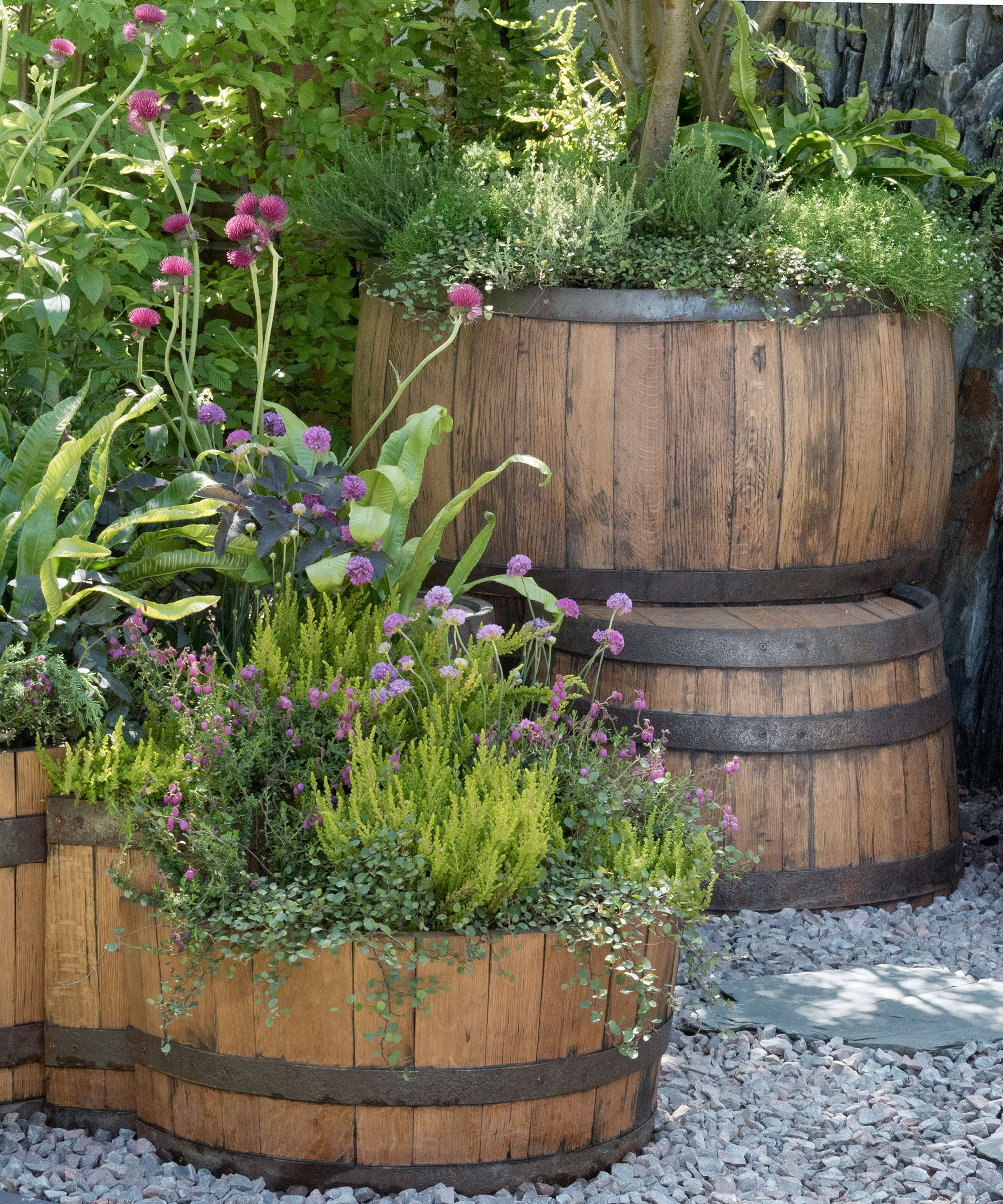
Large planters should be moved into position before you fill them with soil and plants
9. Forgetting to fertilize
If planted in the right soil type, your plants should have enough nutrients to last a few months. But once those are used up, there is nothing left to sustain growth without an additional top-up.
Don't forget to make fertilizing part of your regular care routine. Requirements differ per plant, but most will appreciate a dose of liquid fertilizer, such as this Miracle-Gro all-purpose plant food from Amazon around once per month during the growing season. You can feed more often if your plants are underperforming, starting with a lower dose to avoid overfertilizing.
For more tips on creating perfect containers for your yard, we explore container gardening for beginners in our dedicated guide.

Madison is a garden writer and editor, covering all things outdoors and lifestyle. After completing a BA in History and Political Science, she transformed her years-long passion for plants into a career writing for both digital and print publications. As garden editor of several print titles, Madison focuses on trends and developments in the continuously expanding gardening industry. When not typing away at her desk, she tends to her ever-growing houseplant collection and travels frequently, photographing and reporting on gardens around the world.